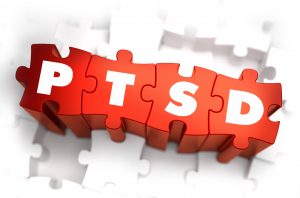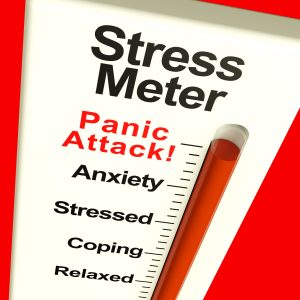 Following brain injury the person may present with post trauma symptoms i.e. symptoms of post traumatic stress disorder (PTSD). These symptoms develop in response to the person having experienced a traumatic life event (e.g. exposed to death, threatened death, actual or threatened serious injury). These symptoms may also occur in response to the person experiencing trauma in relation to their recovery period in hospital following brain injury.
Following brain injury the person may present with post trauma symptoms i.e. symptoms of post traumatic stress disorder (PTSD). These symptoms develop in response to the person having experienced a traumatic life event (e.g. exposed to death, threatened death, actual or threatened serious injury). These symptoms may also occur in response to the person experiencing trauma in relation to their recovery period in hospital following brain injury.
Post trauma symptoms include:
- Repetitive, intrusive recollection or re-enactment of the trauma in which the traumatic event is re-experienced with realistic intensity i.e. daytime flashbacks and/or nightmares of the traumatic event.
- Feelings of emotional detachment and low mood.
- Persistent negative trauma-related emotions (e.g. fear and anxiety) may be present.

- Avoidance of specific situations which remind the person of the trauma (e.g. avoiding passing the place where an accident occurred which may present as a phobic response).
- High levels of anxiety and panic attacks in specific situations (e.g. travelling by car following a road traffic accident).
- Symptoms of hyperarousal (e.g. emotional distress, exaggerated startle reflex, sweating, increased heart rate, rapid breathing).
- Hypervigilance (e.g. constant scanning of the environment for possible threats) due to fear of a further catastrophic event occurring.
It is important to note that an individual can experience post trauma symptoms even if they have had a prolonged period of post traumatic amnesia and/or persistent memory impairment. It has been suggested that the explanation for the emergence of these symptoms following a severe brain injury could be that the person may have brief islands of memory of the traumatic experience itself or for the recovery period in hospital. It has also been suggested that the symptoms may be due to memories which are actually subsequent reconstructions of a traumatic experience e.g. someone has explained the details of the accident to the person and it has then become a reconstructed memory rather than an actual memory.
